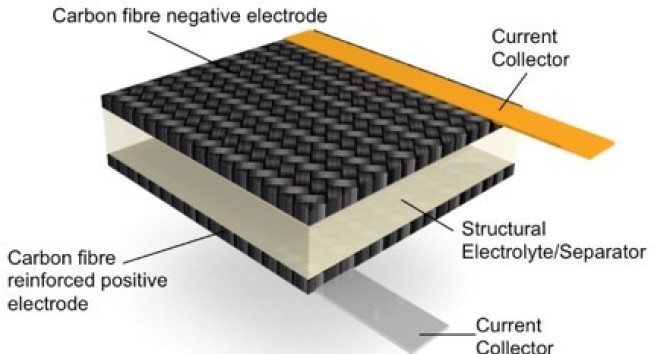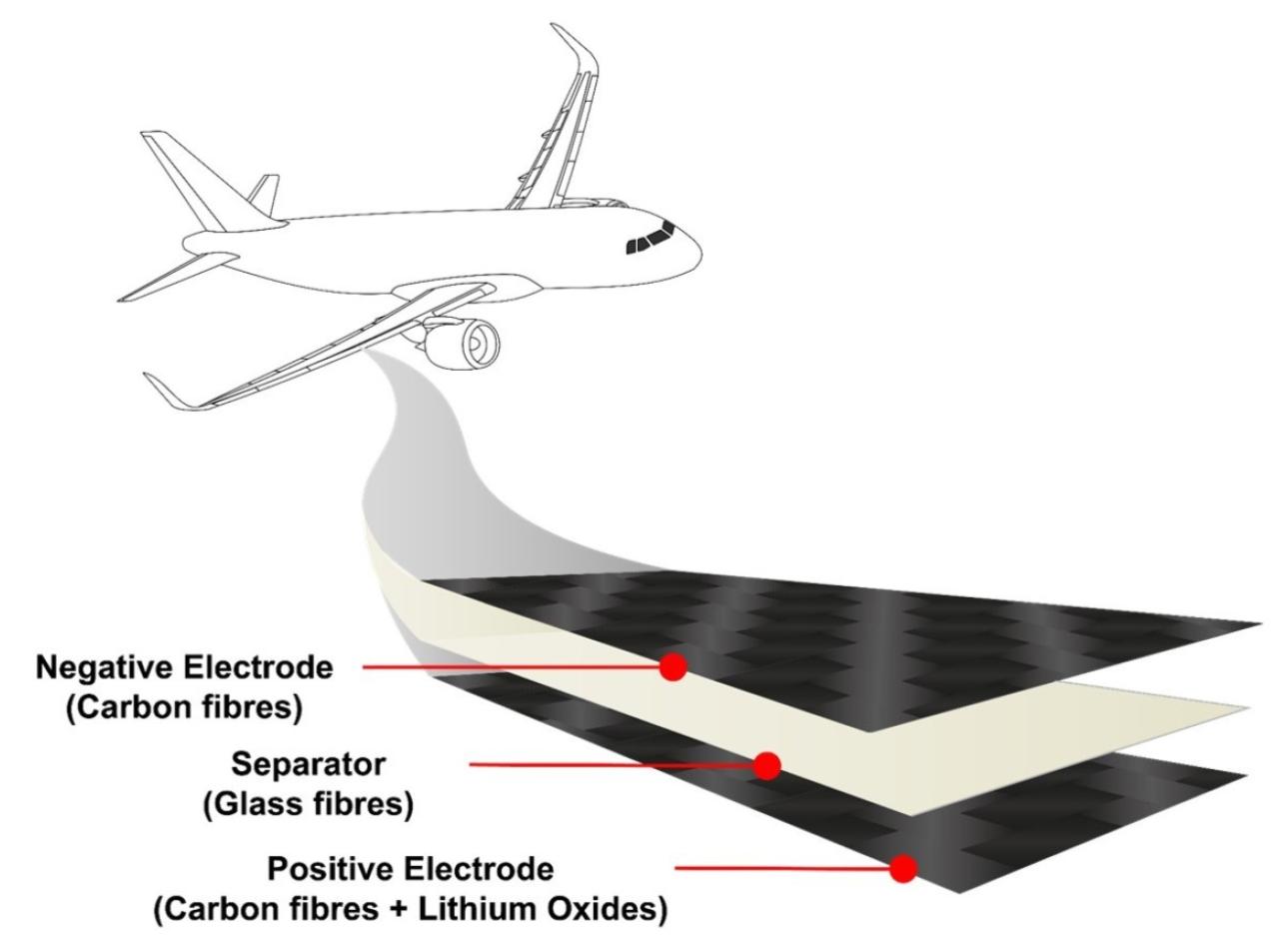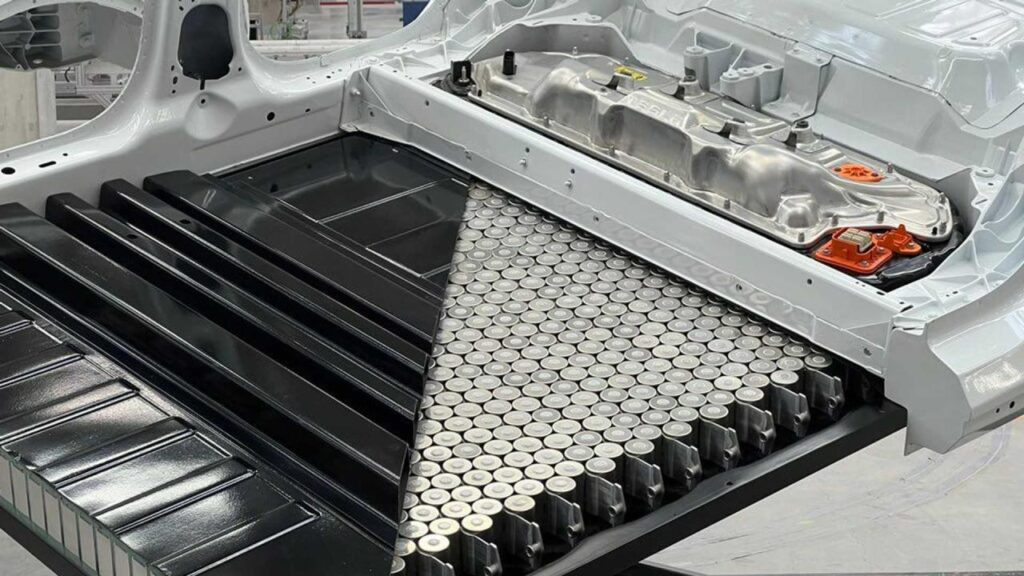As the world transitions to a cleaner, more electrified future, energy storage has become one of the most critical bottlenecks in innovation. Electric vehicles, drones, smartphones, and wearable devices all depend on batteries, but traditional lithium-ion systems have hit limitations in terms of weight, volume, and structural utility. Enter a groundbreaking concept: structural batteries.
Structural batteries are multifunctional energy storage systems that serve both as power sources and as physical components of the devices they are built into. These next-generation batteries eliminate the need for separate structural materials and power cells, thus reducing weight and saving space—key advantages for industries like aerospace, automotive, and consumer electronics.
This article explores what structural batteries are, how they work, recent breakthroughs, real-world applications, and what they mean for the future of innovation.
What Are Structural Batteries?
Structural batteries are load-bearing energy storage devices that combine two traditionally separate functions into one: providing mechanical strength and storing electrical energy. Unlike conventional batteries, which are isolated from a device’s physical frame, structural batteries are embedded into or replace structural parts, such as car panels, aircraft wings, or smartphone casings.
Key Features:
A. Multifunctionality – Structural support + energy storage
B. Material Integration – Typically use carbon fiber composites or solid-state materials
C. Weight Reduction – No need for redundant structures or separate battery packs
D. Design Efficiency – Better space utilization in compact or lightweight designs
How Do Structural Batteries Work?
Structural batteries operate similarly to traditional batteries, but their materials are engineered to perform dual functions.
A. Electrodes as Structural Materials
Anode and cathode are often made from high-strength carbon fibers, which carry both electric charge and mechanical load.
B. Solid-State Electrolytes
Use of solid or gel electrolytes instead of liquid ones reduces leakage risk and enhances structural integrity.
C. Battery-as-Structure Integration
Batteries are molded into physical parts like walls, panels, or frames instead of being inserted separately.
D. Energy Density Trade-Offs
While structural batteries currently offer lower energy density than traditional batteries, the weight savings from eliminating redundant materials often offsets this disadvantage.
Why Structural Batteries Matter

In fields where weight, space, and efficiency are paramount, structural batteries are revolutionary. Here’s why they’re gaining traction:
A. Improved Energy Efficiency
Less weight means less energy is required to operate vehicles or devices.
B. Extended Range for Electric Vehicles
Eliminating heavy battery packs can boost EV driving range significantly.
C. Compact Design Possibilities
Enables ultra-slim, lightweight gadgets and wearables with embedded energy systems.
D. Sustainability Benefits
Fewer raw materials, smaller ecological footprint, and potentially improved recyclability.
E. Innovation Enabler
Unlocks designs and concepts that were previously impossible with conventional batteries.
Major Breakthroughs in Structural Battery Technology
1. Chalmers University of Technology, Sweden
Researchers developed a structural battery 10 times stronger than previous models. Using carbon fiber as both current collector and reinforcement, they achieved a balance of mechanical strength and battery performance.
2. Tesla’s Structural Battery Pack
Unveiled in 2020, Tesla introduced a battery pack that also functions as part of the car’s chassis. This innovation reduces weight, improves stiffness, and simplifies manufacturing.
3. Boeing & NASA Research
Aerospace leaders are experimenting with carbon composite materials embedded with solid-state batteries. The goal: build aircraft wings that store power for flight control systems.
4. BASF & University Collaborations
Chemical company BASF is working with academic labs to develop high-capacity structural cathodes that could match traditional battery energy densities while being load-bearing.
5. DARPA-Funded Programs
The U.S. Department of Defense is investing in structural batteries for lightweight drones, soldier gear, and autonomous vehicles that require extended battery life without added bulk.
Applications Across Industries

1. Automotive
A. Electric Vehicle Integration
Structural batteries can replace floor-mounted battery packs, making EVs lighter and increasing cabin space.
B. Chassis and Body Panels
Car body parts (hood, doors, roof) could become energy-storing components, reducing the number of total parts.
C. Crash Safety Enhancement
Smart design of load-bearing batteries can help absorb impacts while retaining structural performance.
2. Aerospace and Aviation
A. Lighter Aircraft Designs
By integrating power into wings, fuselage, and interior panels, aircraft can shed hundreds of kilograms of weight.
B. Drones and UAVs
Flight time of drones could double or triple using structural batteries that form their wings and bodies.
C. Electric Vertical Takeoff Aircraft (eVTOL)
Urban air taxis can become more viable when energy storage is integrated into airframes.
3. Consumer Electronics
A. Thinner Smartphones
Phones with structural batteries may eliminate bulky battery sections, enabling ultrathin, flexible designs.
B. Smart Wearables
Watches, glasses, and even clothing can house energy systems within their structure—no bulky battery compartments.
C. Foldable Devices
Structural batteries enable flexible and bendable electronics that maintain power integrity.
4. Military and Defense
A. Energy-Enabled Armor
Body armor and tactical vests embedded with batteries can power devices without adding weight.
B. Lightweight Surveillance Drones
Structural batteries in micro-drones allow longer surveillance without compromising stealth or mobility.
C. Portable Power Systems
Soldiers can carry fewer battery packs when power is embedded into helmets, backpacks, or clothing.
5. Renewable Energy Infrastructure
A. Battery Walls and Roofs
Structural batteries may soon be integrated into building materials for solar-powered homes or energy-neutral buildings.
B. Portable Solar Storage
Foldable solar panels with built-in structural batteries can offer compact, lightweight energy solutions for remote areas.
Challenges and Limitations
A. Lower Energy Density
Current structural batteries can’t match the energy density of conventional lithium-ion cells yet.
B. Durability and Safety
Load-bearing components are subject to fatigue, impact, and temperature fluctuations—making safety a concern.
C. Manufacturing Complexity
Integrating battery systems into structural components requires new design and production techniques.
D. Recycling and End-of-Life Issues
Disposing of or recycling multifunctional materials is more complex than dealing with separate batteries and structures.
E. Cost Barriers
Advanced materials and experimental processes are still expensive and not yet scalable for mass production.
Future Research Directions

To realize the full potential of structural batteries, researchers and companies are focusing on:
A. Solid-State Electrolyte Innovations
To increase strength, safety, and temperature tolerance.
B. High-Energy Structural Cathodes
Developing composites that boost energy density while maintaining stiffness.
C. Self-Healing Materials
Future structural batteries may repair themselves after stress or damage.
D. Nano-Enhanced Interfaces
Incorporating graphene, carbon nanotubes, or other nanomaterials for improved conductivity and strength.
E. AI-Based Structural Design
Using generative AI to optimize shape, weight, and energy storage performance simultaneously.
The Road Ahead: Structural Batteries in 2035
By 2035, structural batteries may become as common as lithium-ion cells are today. Here’s what the future might look like:
Every EV has a body made of energy-storing material
Smartphones that are entirely powered by their casings
Wearables with no visible batteries at all
Smart homes where walls double as solar storage systems
Passenger aircraft with wings that store energy for propulsion systems
This convergence of mechanical engineering and electrochemistry represents a new paradigm in design thinking. Products will no longer be built around batteries—they will be built with them.
Conclusion: Designing the Future Around Energy
The rise of structural battery breakthroughs is not just a leap in battery tech—it’s a revolution in how we design, build, and power everything around us. As industries increasingly demand efficiency, integration, and sustainability, structural batteries provide a bold answer to multiple challenges at once.
From electric cars to aerospace, wearables to smart homes, these innovative systems promise to eliminate dead weight and unlock limitless design freedom. While the technology is still emerging, it is quickly moving from lab to reality—and those who adopt early may gain massive competitive advantages.
The future of energy isn’t just portable. It’s structural.







